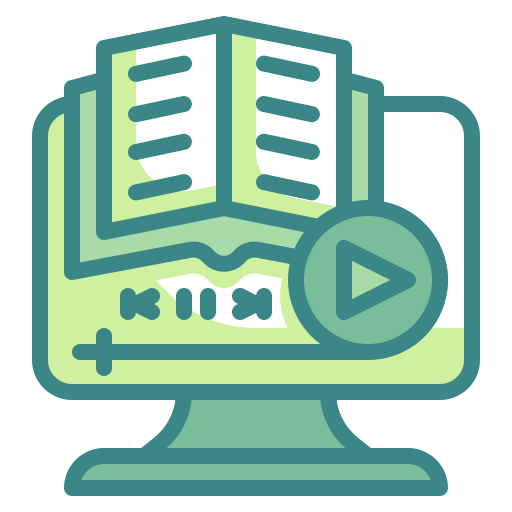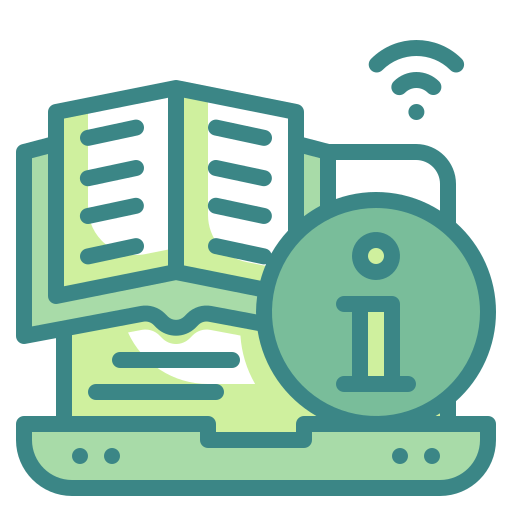Hypothesis Testing
This course provides a comprehensive introduction to the fundamental concept of hypothesis testing in statistics. Hypothesis testing is a critical tool for making informed decisions and drawing meaningful conclusions from data. Through a combination of theoretical concepts and practical applications, students will learn how to formulate hypotheses, perform hypothesis tests, interpret results, and make valid inferences about populations based on sample data.
Course Objectives:
By the end of this course, students should be able to:
Understand the purpose and importance of hypothesis testing in various fields.
Differentiate between null and alternative hypotheses and select appropriate test criteria.
Apply various hypothesis testing methods for means, proportions, and variances.
Interpret p-values, confidence intervals, and effect sizes to make informed conclusions.
Determine sample sizes for hypothesis tests and assess the power of tests.
Identify and mitigate common errors and misconceptions in hypothesis testing.
Course Outline:
Introduction to Hypothesis Testing
Role of hypothesis testing in data analysis
Formulating null and alternative hypotheses
Significance level and p-values
Probability and Distributions Review
Probability distributions and their properties
Sampling distributions and central limit theorem
Hypothesis Testing Process
Steps in hypothesis testing
One-tailed vs. two-tailed tests
One-Sample Hypothesis Tests
Z-tests and t-tests for means and proportions
Interpreting results and drawing conclusions
Two-Sample Hypothesis Tests
Independent sample tests and paired sample tests
Comparing means and proportions
Analysis of Variance (ANOVA)
One-way ANOVA for multiple group comparisons
Post hoc tests and multiple comparisons
Non-Parametric Tests
Introduction to non-parametric tests
When to use non-parametric methods.
Note to Students:
This course is designed to provide you with essential tools for drawing meaningful conclusions from data. Engaging in class activities, seeking help when needed, and actively participating will contribute to a successful learning experience.
Course Duration and Format:
This is a [semester/quarter]-long course, consisting of [number] of weekly sessions. Each session will typically last [duration] and will involve a mix of lectures, discussions, and practical exercises. Additionally, there may be optional review sessions or office hours to provide extra support for students.
Course Learning Outcomes:
By the end of this course, students will be able to:
Formulate clear null and alternative hypotheses for different research questions.
Choose appropriate hypothesis testing methods based on data type and study design.
Perform hypothesis tests using statistical software and interpret the results.
Evaluate the significance of p-values and make informed decisions based on them.
Calculate and interpret confidence intervals to estimate population parameters.
Additional Resources:
In addition to the core course materials, students will have access to supplementary resources, including:
Recommended readings and articles for deeper understanding.
Online tutorials and video demonstrations of hypothesis testing procedures.
Sample datasets for practice and exploration outside of class.
Reference guides on statistical software usage.
This course provides a comprehensive exploration of hypothesis testing, empowering students with the skills to analyze data, draw meaningful conclusions, and contribute to evidence-based decision-making across various fields. Through a combination of theoretical knowledge, practical exercises, and real-world applications, students will develop a solid foundation in statistical inference, setting them on a path to becoming proficient data analysts and informed researchers.

Evaluación de la hipótesis
Hypothesis Testing”
Este curso es GRATIS
¿Quieres más cursos gratis?
Únete a nuestro canal en Telegram con cientos de cursos gratis publicados diariamente
Curso gratis en Udemy
Con los cursos gratis de Udemy puedes aprender muchas cosas sin tener que gastar en ello. Pero primero debes tener en cuenta varias cosas:

Contenido Gratuito
Los cursos gratis de Udemy te permiten aprender nuevas cosas sin tener que pagar. Aprovecha la oportunidad.

Aprendizaje
Pon en práctica todos tus conocimientos aprendidos. Realiza increíbles proyectos basados en el mundo real.

Limites
Debes tener en cuenta que todos los cursos gratuitos de Udemy son de máximo 2 horas y no incluyen un certificado.
Este curso se encuentra disponible de manera gratuita sin necesidad de ningún cupón, a través de la opción “GRATIS”.
Te recomendamos primero leer las diferencias entre un curso gratis y uno de pago para evitar malentendidos:
Cursos gratuitos
- Contenido de vídeo en línea
Cursos de pago
- Contenido de vídeo en línea
- Certificado de finalización
- Preguntas y respuestas de los instructores
- Mensaje directo para el instructor
Aunque los cursos son colocados de manera gratuita, es posible que el autor del curso pueda cambiarlos a modalidad de pago, por lo cual te recomendamos revisar muy bien las características del curso.
Para obtener el curso de manera gratuita usa el siguiente botón:
Deja tus comentarios y sugerencias
Sobre Facialix
Facialix es un sitio web que tiene como objetivo apoyar en el aprendizaje y educación de jóvenes y grandes. Buscando y categorizando recursos educativos gratuitos de internet, de esta manera Facialix ayuda en el constante aprendizaje de todos.
